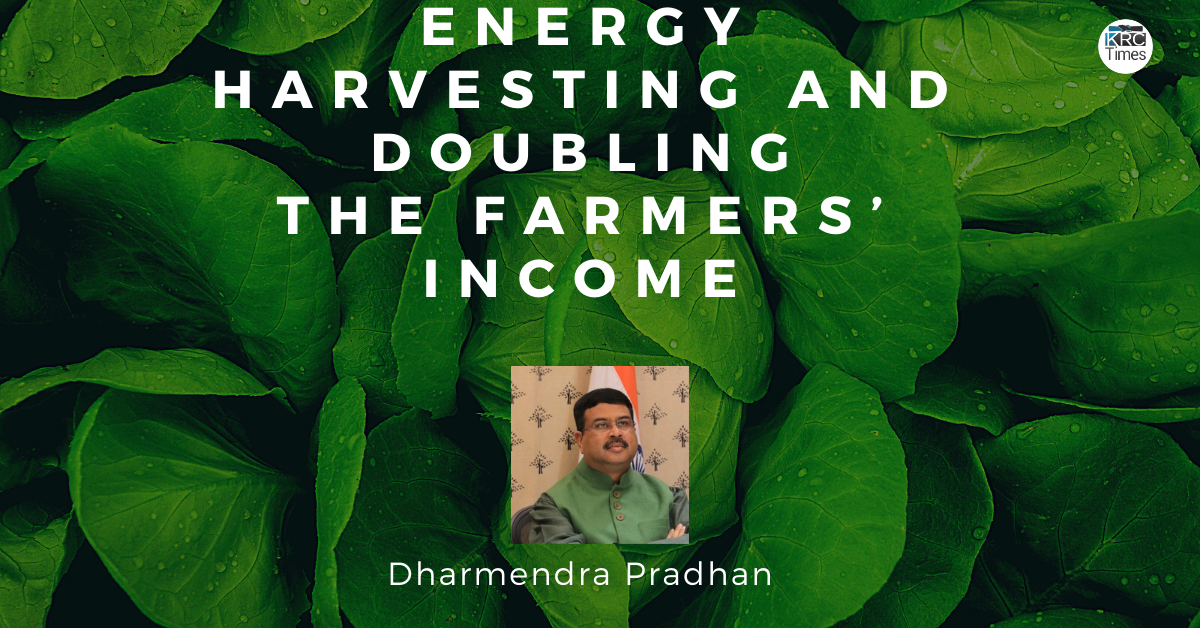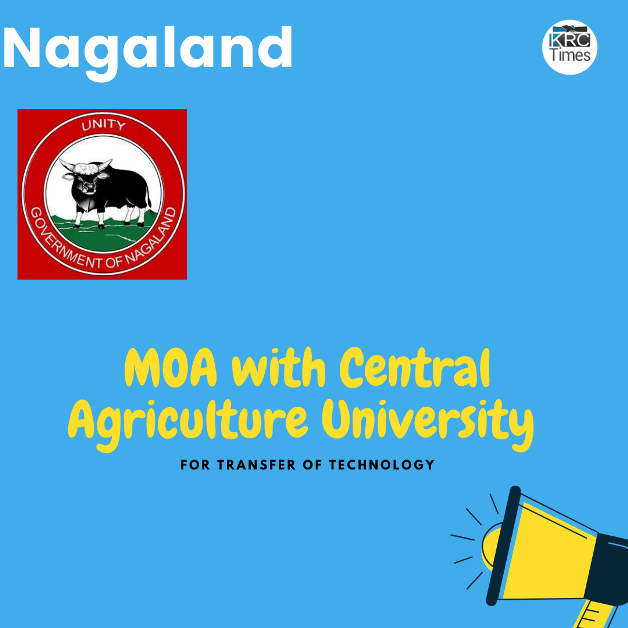The components of a biofuel supply chain create a circular rural economy that spews substantial environmental, socio-economic and health benefits for communities
 KRC TIMES Desk
KRC TIMES Desk

Dharmendra Pradhan
India currently consumes only one-third energy of the world average. As we move towards more robust energy consumption figures, India faces the unique challenge of seaming together disparate, competing needs: a ballooning appetite while cutting dependence on imports, greening the grid while ensuring affordability, replacing old sources of energy production while boosting employment and the human and economic capital of the people. Needless to say, vigorous ideation needs to undergird such energy transitions.
The question is particularly cardinal for the sector I am in charge of Petroleum and Natural Gas, as the energy sector clasps closely to issues of climate change. We import about 85 per cent of our crude oil and 56 per cent of our gas for domestic use—these trends tend to pose serious impediments to the deliverables—delineated above— that we aspire to achieve. In this context, biofuels have become a tool for achieving these delicate balance of outcomes.
In the past few years, progress made in the ethanol, compressed biogas and biodiesel space—all different forms of biofuel— will have a direct positive impact on the farmer’s income and the well-being of their communities, while also cutting our import dependence for energy.
Currently, the aim is to achieve ten per cent ethanol blending in petrol by 2022 and 20 per cent blending by 2030 that will cut down carbon emissions in vehicles.
In 2019, in a first for the Republic Day parade, the IAF flew aircraft in ‘vic’ formation whose lead plane used a mix of traditional and biofuel symbolising the government’s determination to seek alternative sources of fuel. The primary raw material for ethanol production in India is sugarcane and its by-products accounting for more than 90 per cent of fuel ethanol supplies under the ethanol blended petrol (EBP) programme of the ministry. This programme injects liquidity into the stressed sugar sector and provides an alternative revenue stream to sugar farmers. This programme also encourages diversion of sugarcane for ethanol production, which results in a decrease in the sugar glut in the country.
Ethanol supplies have improved from 38 crore litres in 2013-14 to 189 crore litres in 2019. Offers of about 350 crore litres from both sugar/molasses and grain-based distilleries are expected this year. In addition to sugarcane, ethanol is also produced from damaged foodgrains, B-heavy molasses snd sugarcane juice. This translates to nearly Rs. 35,000 crores in the past six years flowing back to the farmers through sugar mills and distilleries as oil marketing companies (OMCs) provide an off-take guarantee at fixed prices.
This arrangement also improves the health of the payment cycle to farmers since OMCs settle their ethanol dues to distilleries in a matter of 21 days instead of the months that the farmers had to wait for their payment from sugar mills.
Recently, with the decision to utilise surplus rice available with the Food Corporation of India and maize as an additional source feedstock for ethanol production from this year onwards, farmers would have an alternate market for their produce.
With regards biodiesel, the National Policy on Biofuels in 2018 targets 5 per cent blending of biodiesel in a diesel by 2030. The policy encourages setting up of supply chain mechanisms for biodiesel production from non-edible oilseeds, used cooking oil and short gestation crops. These crops can be easily cultivated in various states on land which is presently barren or not fit for edible crops thus boosting farmers’ incomes. Biodiesel procured by the OMCs for blending High Speed Diesel has increased from 1.19 crore litres in 2015-16 to 10.55 crore litres last year.
The Sustainable Alternative Towards Affordable Transportation (SATAT) scheme launched in October 2018 aims to establish an ecosystem for production of compressed biogas (CBG) from various waste biomass sources in the country. Under SATAT, 5000 CBG plants with a total production capacity of 15 million metric tonnes per annum (MMTPA), which is equivalent to 54 MMSCMD of gas by 2023, has been planned. This initiative offers potential for investment of about 1.75 lakh crores generating about 75,000 direct employment opportunities.
Many of the proposed plants will use crop residue, like paddy straw and biomass as feedstock for the production of CBG, especially in Haryana, Punjab and UP. The SATAT scheme will not only stanch GHG emissions but will reduce the burning of agricultural residues, which results in significant air pollution in cities like Delhi, generate employment in rural and waste management sectors, boost income for farmers from their unutilised organic waste, among other benefits. One of the byproducts of CBG plants is bio manure, which can be used in farming.
The components of a biofuel supply chain create a circular rural economy that spews substantial environmental, socio-economic and health benefits for communities. A total of Rs 1 lakh crores annual worth of biofuels will be purchased by OMCs in the near future for blending, which will be ploughed back to the rural economy, thus significantly contributing to the goal of doubling farmers’ income. Keeping in mind international climate commitments and domestic requirements, Prime Minister Narendra Modi’s emphasis has been on energy availability, accessibility and affordability, efficiency in energy use, energy sustainability and security for mitigating global uncertainties. The quest, therefore, has been to shift the perception and the functioning of my ministry from one, not merely focused on international trade to one that strengthens the human development indices of the poorest standing in the queue.

The writer is Union Minister of Petroleum and Natural gas





